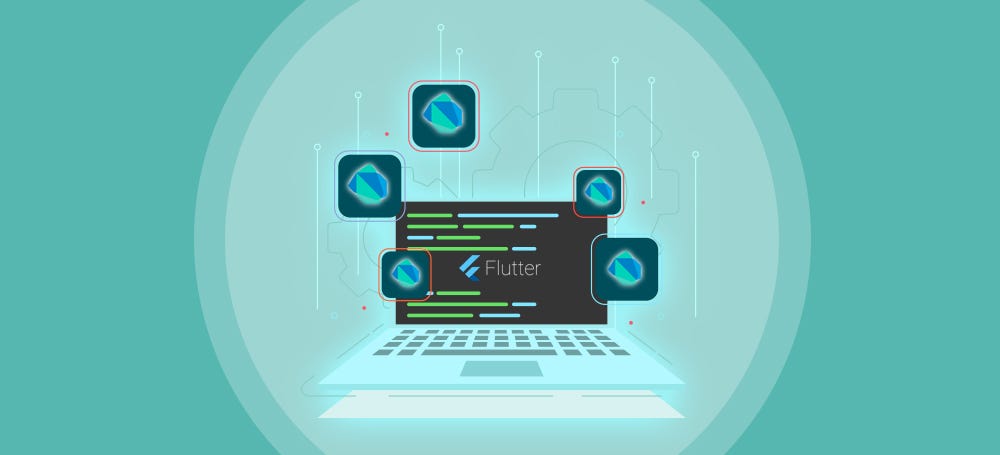Latest news about Bitcoin and all cryptocurrencies. Your daily crypto news habit.

Asynchronous programming is a form of parallel execution that fastens up the chain of events in a programming cycle. For those of you who are new to the world of asynchronous programming, it is another method to speed up the development process. However, we cannot use asynchronous programming in all instances. It works in cases when you are looking for simplicity over efficiency. To process simple and independent data, asynchronous programming is a great choice.
Now, let’s talk about doing asynchronous programming in Flutter. Dart is the perfect match for Flutter in many ways, even for asynchronous programming. Although Dart is single threaded, it can interact with other codes that run in separate threads. The use of synchronous code in Dart can possibly cause delay and block your entire program execution. But asynchronous programming solves this issue. And this leads to improved application performance and application responsiveness.
For these benefits, our Flutter team began doing asynchronous programming in Flutter with Dart.
Asynchronous Programming in Flutter with Dart
You need to understand the beginning first in order to predict the end. Likewise, let us understand the basics first to deep-dive into the concept:
Async functions
Functions form the base of asynchronous programming. These async functions have async modifiers in their body. Here is an example of a general async function below
When an async function is called, a Future is immediately returned and the body of the function is executed later. As the body of the async function is executed, the Future returned by the function call will be completed along with its result. In the above example, calling demo() results in a Future.
Future
When an async function is called, the immediate result is a Future. It is a means of getting a value for the function called, sometime later in the future. In plain words, we can say that a Future is a cue to obtaining the result.
When a function that returns a Future is requested, these action items happen: The work to be done is queued up by the function and the output is an uncompleted Future object.
Later, when a value is available, the Future object completes with that value.
Putting it together, we get:
Await expressions
Await expressions makes you write the asynchronous code almost as if it were synchronous. In general, an await expression has the form as given below:
await e
where e is a unary expression. Typically, e is an asynchronous computation and is expected to evaluate to a Future. The await expressions evaluate e, and then suspends the currently running function until the result is ready–that is, until the Future has completed. The result of the await expression is the completion of the Future.
Putting it all together, we get:
There is two Async Widgets in Flutter Official site.
 https://flutter.io/widgets/async/The async/await syntax improves readability and lets you use all of the Dart control flow structures within your async code.
https://flutter.io/widgets/async/The async/await syntax improves readability and lets you use all of the Dart control flow structures within your async code.
Conclusion
During our 7 years of App Development marathon, we have always strived to get the best results for our customers. For this reason, we are keen to learn new technologies, coding methodologies and make the most out of those. Now, asynchronous programming with Dart has become our go-to solution for faster experimentation and results.
Do you want to learn more about the concept? Check our GitHub repository!
How to do Asynchronous Programming in Flutter with Dart was originally published in Hacker Noon on Medium, where people are continuing the conversation by highlighting and responding to this story.
Disclaimer
The views and opinions expressed in this article are solely those of the authors and do not reflect the views of Bitcoin Insider. Every investment and trading move involves risk - this is especially true for cryptocurrencies given their volatility. We strongly advise our readers to conduct their own research when making a decision.
